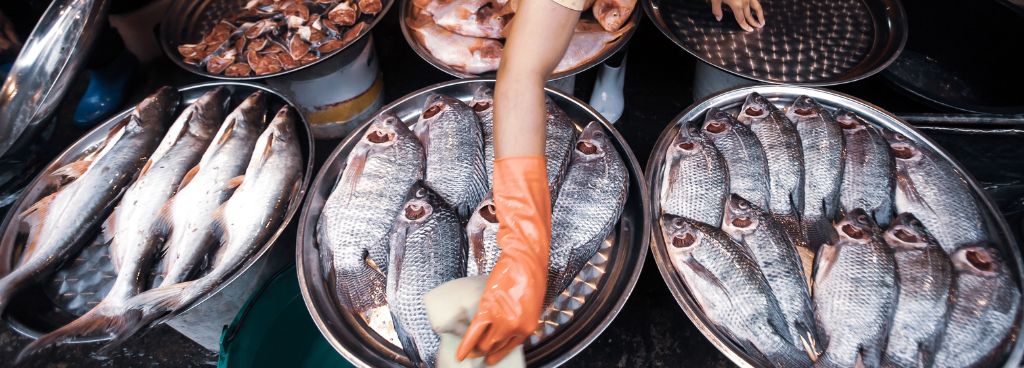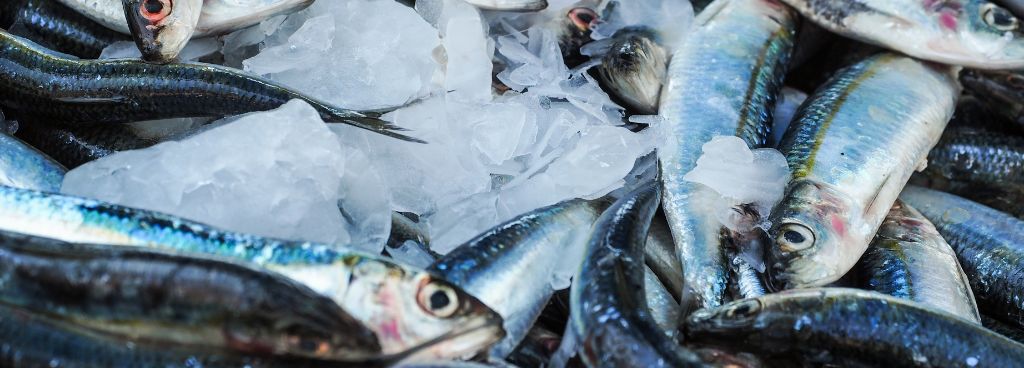Stories Worth Reeling In...
Last Updated on September 28, 2023
Have you ever wondered how long you should wait before cleaning a fish after catching it? This question often arises among anglers who are concerned about preserving the quality and taste of their catch.
Proper fish handling is crucial for maintaining the freshness and flavor of your catch. The waiting time before cleaning a fish plays a vital role in this process. By understanding the importance of waiting and following the right practices, you can ensure that your fish remains in optimal condition.
Let’s dive in and discover the key factors to consider when determining the ideal waiting time for cleaning a fish.
Table of Contents
Several factors can influence the waiting time before cleaning a fish. Here are some key factors to keep in mind:

The waiting time before cleaning a fish is closely tied to fish freshness. Fish go through a natural process called rigor mortis after death, where the muscles stiffen.
Allowing sufficient time for rigor mortis to set in and resolve can contribute to better texture and taste of the fish.
Bacterial growth is another factor to consider. Properly handling the fish and allowing for an appropriate waiting time can help minimize bacterial growth and ensure better food safety.
While it’s important to balance timely cleaning to ensure freshness, it’s equally vital to allow for sufficient post-catch processes. These processes, such as bleeding, gutting, and proper cleaning, can enhance fish flavor and texture.
Allowing the fish to rest for a short period after catching can contribute to better taste and texture as well.
When it comes to determining the optimal waiting time before cleaning a fish, it’s essential to consider the specific characteristics of different fish species. Here are some specific recommendations for popular fish species:
Visual and olfactory cues can provide valuable insights. Fresh fish should have clear, bright eyes, shiny and intact scales, and a fresh, mild scent. If the fish has cloudy or sunken eyes, dull scales, or a strong fishy odor, it may indicate that it has been out of the water for too long and should be cleaned promptly.
One effective method is icing. By placing the freshly caught fish on ice, you can slow down bacterial growth and preserve its quality for a longer period.
The ice helps maintain a colder temperature, preventing the fish from spoiling quickly. It’s recommended to use crushed ice or ice packs and cover the fish with a layer of ice to ensure even cooling.

Storage conditions also play a significant role in preserving fish quality during the waiting period. Temperature and humidity are key factors to consider. For optimal fish preservation, it’s essential to store the fish in a cool environment, ideally between 32-39°F (0-4°C).
Maintaining a moderate humidity level is important to prevent the fish from drying out. Storing the fish in a sealed container or wrapping it in moisture-resistant packaging can help maintain the appropriate humidity.
To handle and store fish effectively, follow these tips:
Clean your own fish and compost the waste. Freeze fish pieces before using them as bait. If you have no other choice, bag the fish waste and throw it away. Avoid releasing bait into the water, whether dead or living, as this can introduce exotic species.
By considering the specific recommendations for different fish species, and factors affecting fish preservation, you can make informed decisions about the appropriate waiting time for their catch. Balancing timely cleaning with post-catch processes can significantly enhance fish flavor and texture.
Remember, each fishing experience is unique, and understanding the waiting time before cleaning a fish is an essential aspect of preserving fish quality and enhancing the overall angling journey.